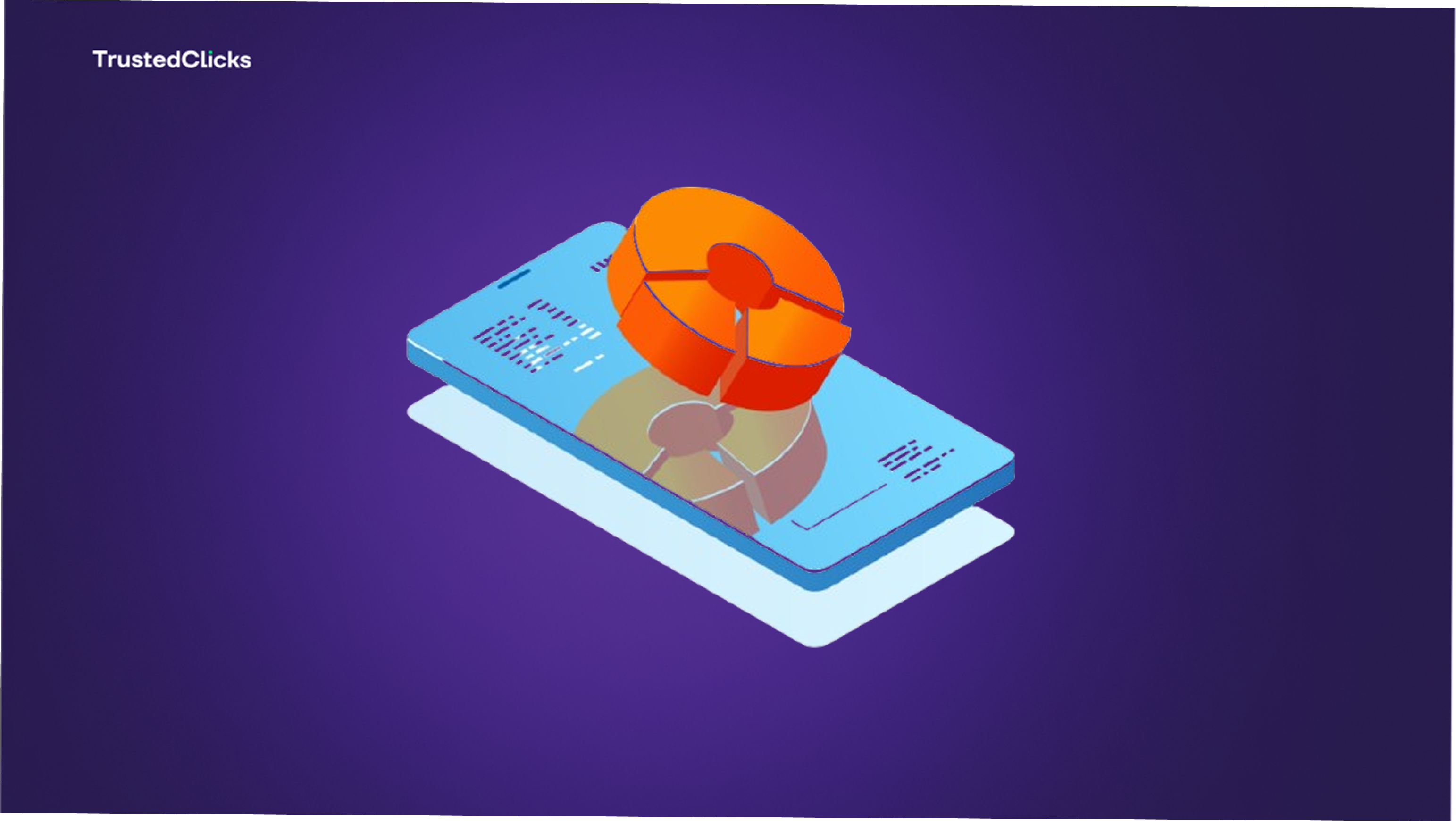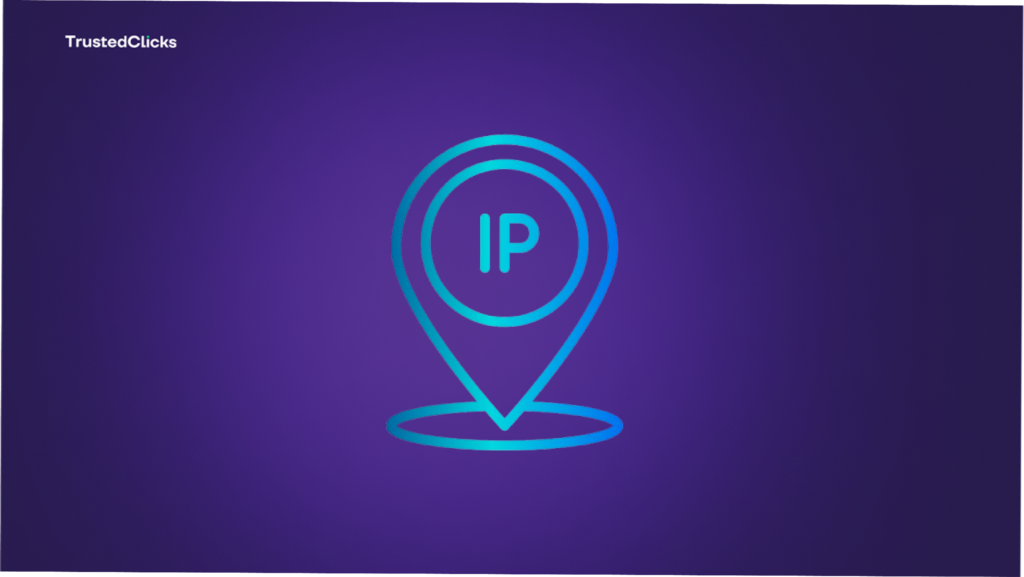- Website security
Geolocation & IP Fraud Scores: Strengthening Your Security Strategy


Geolocation and IP Fraud Scores
Let’s start with the basics. Geolocation refers to the process of identifying the physical location of a device based on its IP (Internet Protocol) address. Every device connected to the internet has an IP address—a unique string of numbers acting as its digital fingerprint. By analyzing this address, geolocation tools can pinpoint a user’s country, city, or even neighborhood with surprising accuracy.
On the Other Hand...
Why These Metrics Matter More Than Ever
Fraud isn’t a static problem; it evolves with technology. Cybercriminals use tactics like IP spoofing, VPNs, and botnets to mask their identities and exploit vulnerabilities. For businesses and individuals alike, relying on basic security measures like passwords or CAPTCHAs isn’t enough anymore. Here’s why geolocation and IP fraud scores are game-changers:
1. Fraud Detection
Imagine a user logging into your site from New York, then an hour later from Moscow—without a plane ticket. Geolocation flags these anomalies, while an IP fraud score can confirm if the IP has a history of shady activity, like account takeovers or payment fraud.
2. Protecting Revenue
For online retailers, fraudulent chargebacks and fake accounts can bleed profits dry. By cross-referencing geolocation with IP fraud scores, you can block risky transactions—like a high-score IP trying to buy $1,000 worth of goods from an unusual location.
3. Enhancing User Experience
Not every blocked IP is a criminal. Geolocation helps tailor content—like language or currency—while IP fraud scores ensure you’re not alienating legit customers with overly aggressive filters. It’s about striking a balance between security and usability.
4. Regulatory Compliance
Laws like GDPR or CCPA often require knowing where your users are. Geolocation ensures you’re serving the right policies to the right regions, while IP fraud scores help you avoid engaging with sanctioned or high-risk areas.
5. Bot and Proxy Mitigation
Bots and proxies are the bread and butter of cyberattacks. An IP with a sketchy fraud score, paired with geolocation data showing it’s bouncing through multiple countries, is a red flag you can’t ignore.
How Geolocation and IP Fraud Scores Work Together
These tools don’t operate in silos—they’re most effective when combined. Here’s how they team up to strengthen your defenses:
Behavioral Analysis
Geolocation tracks where a user claims to be, while the IP fraud score evaluates if that aligns with past patterns. A sudden jump from Texas to Thailand on an IP linked to phishing? That’s a problem.
Risk Scoring in Real Time

There are services that compile vast databases of IP activity. They assign fraud scores based on factors like blacklists, proxy detection, and usage trends, then pair that with geolocation to give you an instant risk snapshot.
Contextual Decision-Making
Say an IP has a moderate fraud score but the geolocation matches the user’s billing address. You might let it slide. But if the IP’s score is sky-high and the location is halfway across the globe? Time to hit the brakes.
Real-World Applications
Let’s ground this in some practical examples:
- E-Commerce
A customer tries to buy electronics with a credit card from California, but their IP geolocates to Nigeria with a high fraud score. You can flag the order for manual review—or block it outright. - Banking
A login attempt comes from an IP with a history of brute-force attacks (high fraud score) and a location 3,000 miles from the account holder’s home. Multi-factor authentication kicks in, or the session’s terminated. - Content Streaming
A user’s IP shows they’re in Germany, but it’s flagged as a proxy with a dodgy fraud score. The platform can restrict access to enforce regional licensing. - Ad Fraud Prevention
Marketers lose billions to fake clicks from botnets. Geolocation and IP fraud scores can weed out IPs cycling through data centers or known fraud hubs.
Building a Stronger Security Strategy
Ready to put geolocation and IP fraud scores to work? Here’s how to integrate them into your security playbook:
1.Choose the Right Tools
Invest in reliable IP intelligence services—think IPQS, GeoIP2, or Sift. These platforms offer real-time geolocation data and fraud scoring tailored to your needs.
2. Set Risk Thresholds
Define what’s “safe” for your use case. A fraud score of 80 might trigger a block for a bank but just a warning for a blog. Customize based on your tolerance for risk.
3. Automate Responses
Use APIs to integrate these checks into your systems. Automatically flag, challenge, or deny access to high-risk IPs without slowing down legitimate users.
4. Layer Your Defenses
Pair geolocation and IP fraud scores with other measures like device fingerprinting, behavioral biometrics, or CAPTCHA challenges for a multi-tiered approach.
5. Monitor and Adapt
Fraud evolves, so should you. Regularly review your data—false positives, blocked IPs, and emerging patterns—to fine-tune your strategy.
Challenges to Watch Out For
No solution’s perfect. Geolocation can be tricked by savvy VPN users, and IP fraud scores aren’t foolproof—legit IPs can get flagged if they’re reused by ISPs. Plus, privacy-conscious users might balk at location tracking. The key is transparency (tell users why you’re collecting data) and continuous refinement of your tools to minimize errors.
The Bottom Line: Knowledge Is Power
Geolocation and IP fraud scores aren’t just tech buzzwords—they’re your front-line defense against a rising tide of digital threats. By understanding where your users are and how trustworthy their connections seem, you can make smarter, faster decisions to protect your business, your customers, and yourself. In a landscape where fraudsters are always one step ahead, these tools give you the edge to stay in control.
So, don’t wait for a breach to rethink your security. Harness the power of geolocation and IP fraud scores today, and turn potential vulnerabilities into strengths. Your peace of mind—and your bottom line—will thank you.
Table of Contents
Join our community!
Subscribe to our newsletter for the latest updates, exclusive content, and more. Don’t miss out—sign up today!
Recent Posts

The Role of AI in IP Fraud Detection: How Machine Learning is Fighting Cybercrime
- 7 mins read

Top Strategies for Click Fraud Protection Across Digital Platforms
- 6 mins read

IP Quality Score Is The Silent Metric That Could Make or Break Your Business
- 6 mins read



